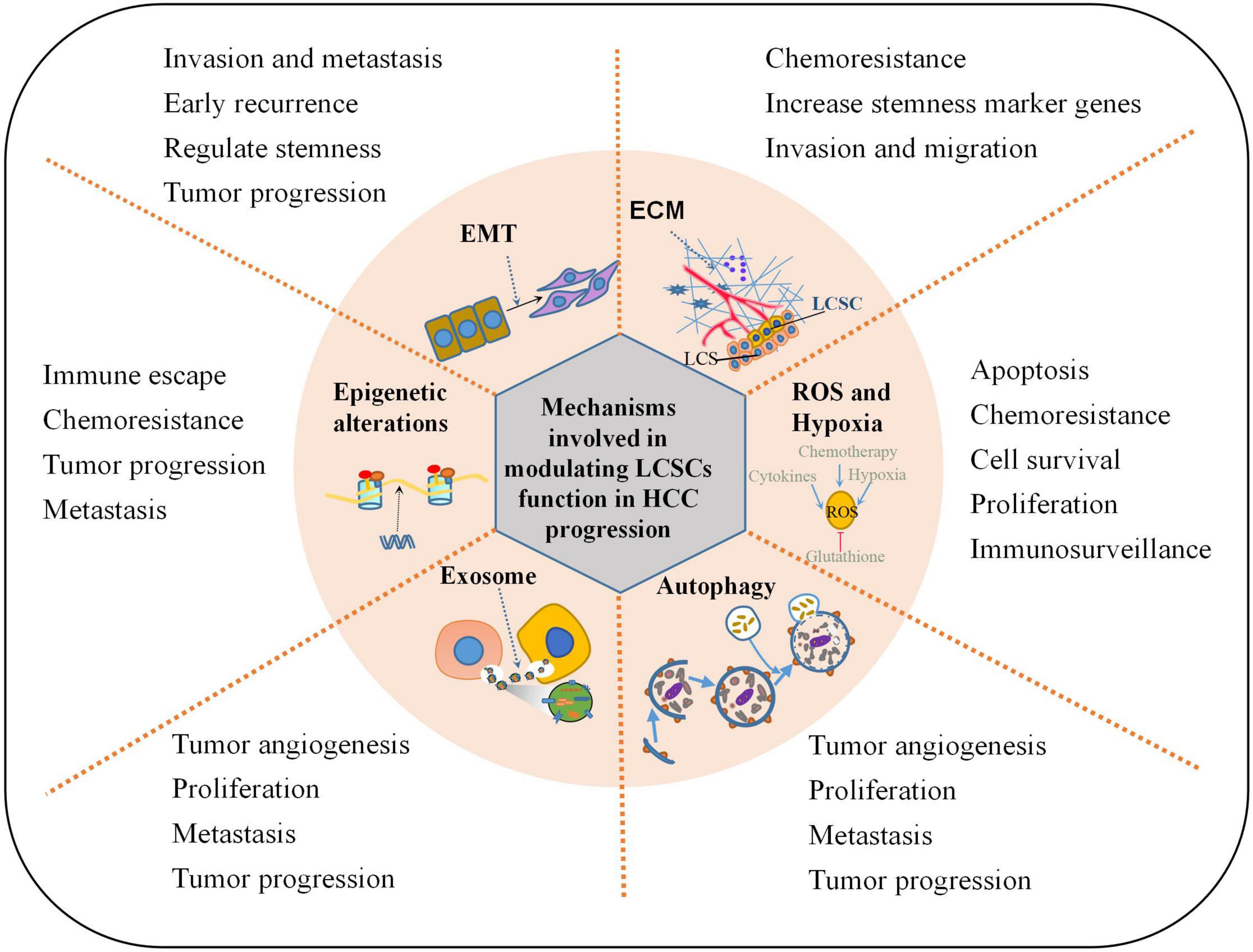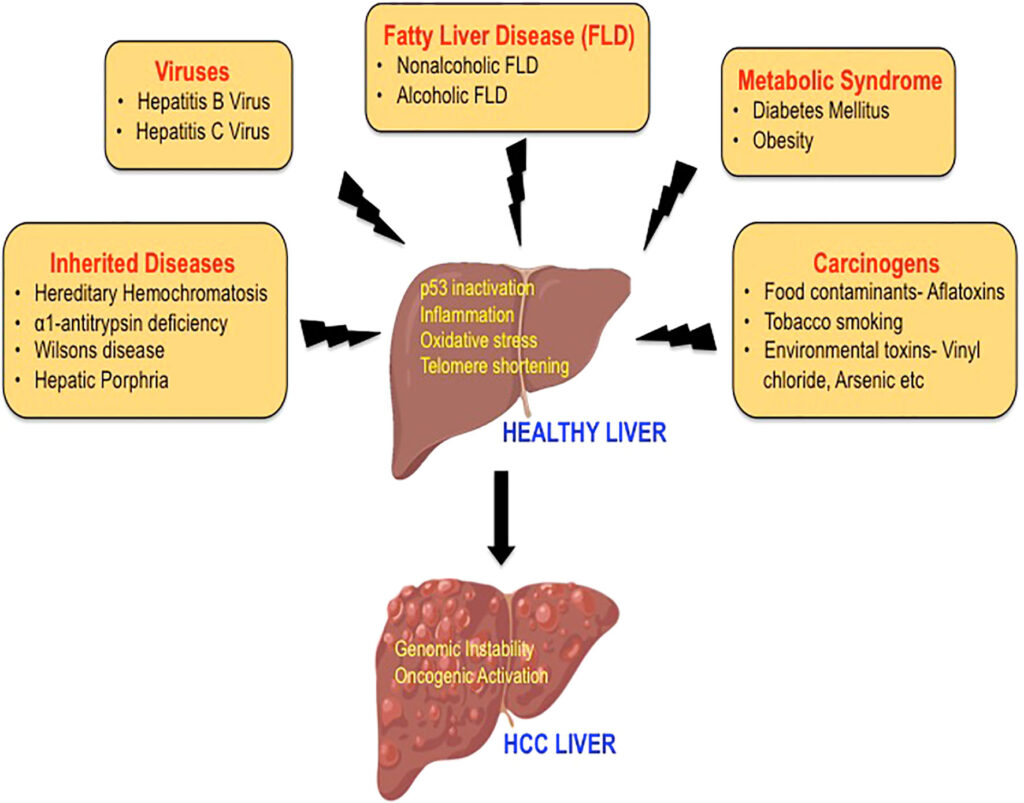Liver cancer, specifically hepatocellular carcinoma, is a significant health concern worldwide. Known for its aggressive nature and often late-stage diagnosis, this type of cancer originates in the liver and can spread to other parts of the body if not addressed promptly. In this article, we will explore the various aspects of liver cancer, including its causes, symptoms, and available treatments.

Understanding Liver Cancer
The liver is one of the largest organs in the human body and plays a crucial role in numerous bodily functions, such as detoxifying harmful substances, producing bile for digestion, and storing energy in the form of glycogen. When cancer develops in the liver, it disrupts these vital processes and poses a serious threat to overall health.
Hepatocellular carcinoma is the most common type of primary liver cancer, meaning that it begins in the liver itself rather than spreading from another part of the body. This type of cancer accounts for approximately seventy-five percent of all cases of primary liver cancer.
Risk Factors and Causes
Several factors contribute to the development of liver cancer. Understanding these risk factors can help individuals take preventive measures and seek early medical intervention when necessary.
- Chronic Viral Hepatitis: Long-term infections with hepatitis B or hepatitis C are leading causes of liver cancer. These viruses cause inflammation and damage to liver cells, increasing the likelihood of cancerous growth.
- Cirrhosis: Cirrhosis is a condition where healthy liver tissue is replaced by scar tissue, often due to chronic alcohol consumption, viral hepatitis, or fatty liver disease. The presence of cirrhosis significantly raises the risk of developing liver cancer.
- Excessive Alcohol Consumption: Heavy drinking over many years can lead to cirrhosis and subsequently increase the risk of liver cancer.
- Nonalcoholic Fatty Liver Disease: This condition involves the accumulation of fat in the liver, unrelated to alcohol use, and can progress to cirrhosis and liver cancer.
- Diabetes: People with diabetes have an increased risk of liver cancer, particularly if they also suffer from obesity or consume excessive alcohol.
- Aflatoxins: These are toxins produced by molds that can contaminate food products like grains and nuts. Consuming food contaminated with aflatoxins has been linked to liver cancer.
- Inherited Metabolic Diseases: Certain inherited conditions, such as hemochromatosis and Wilson’s disease, can lead to liver damage and increase cancer risk.
Symptoms of Liver Cancer
Liver cancer often does not produce noticeable symptoms in its early stages, which is why it is frequently diagnosed at an advanced stage. However, as the disease progresses, certain signs may become apparent. It is important to be aware of these symptoms and consult a healthcare provider if they occur.
- Unexplained Weight Loss: Losing weight without trying can be an early warning sign of liver cancer.
- Loss of Appetite: A sudden decrease in appetite or feeling full after eating small amounts of food may indicate liver problems.
- Abdominal Pain: Persistent pain or discomfort in the upper abdomen, especially on the right side where the liver is located, should not be ignored.
- Swelling in the Abdomen: Fluid buildup in the abdomen, known as ascites, can cause visible swelling and discomfort.
- Nausea and Vomiting: These digestive issues can occur as a result of liver dysfunction.
- Fatigue: Feeling unusually tired or weak is a common symptom of many cancers, including liver cancer.
- Jaundice: Yellowing of the skin and eyes occurs when the liver cannot properly process bilirubin, a substance produced during the breakdown of red blood cells.
- White, Chalky Stools: Changes in stool color can indicate bile duct obstruction caused by liver tumors.
Diagnosis of Liver Cancer
Diagnosing liver cancer typically involves a combination of physical examinations, imaging tests, and laboratory analyses. Early detection is critical for improving treatment outcomes and survival rates.
Physical Examination and Medical History
A healthcare provider will begin by conducting a thorough physical examination and reviewing the patient’s medical history. They will look for signs of liver enlargement, tenderness, or any other abnormalities that could suggest liver disease.
Imaging Tests
Several imaging techniques are used to visualize the liver and detect potential tumors.
- Ultrasound: This non-invasive test uses sound waves to create images of the liver and is often the first step in diagnosing liver cancer.
- Computed Tomography (CT) Scan: CT scans provide detailed cross-sectional images of the liver and can help identify tumors and assess their size and location.
- Magnetic Resonance Imaging (MRI): MRI scans offer high-resolution images and are particularly useful for evaluating blood vessels in the liver.
Laboratory Tests
Blood tests play a crucial role in diagnosing liver cancer and assessing liver function.
- Liver Function Tests: These tests measure levels of enzymes and proteins in the blood that indicate how well the liver is functioning.
- Alpha-Fetoprotein (AFP) Test: Elevated levels of AFP in the blood can be a marker for liver cancer, although it is not definitive on its own.
Biopsy
In some cases, a biopsy may be necessary to confirm the diagnosis. During a biopsy, a small sample of liver tissue is removed and examined under a microscope for cancerous cells.
Treatment Options for Liver Cancer
Treatment for liver cancer depends on several factors, including the stage of the cancer, the patient’s overall health, and the extent of liver damage. There are various approaches to managing liver cancer, ranging from surgery to targeted therapies.
Surgical Treatments
Surgery is often considered the best option for treating early-stage liver cancer, provided the tumor is small and the liver function is adequate.
- Liver Resection: This procedure involves removing the portion of the liver affected by cancer. The remaining healthy liver tissue can regenerate over time.
- Liver Transplant: In cases where the cancer is confined to the liver but the organ is severely damaged, a liver transplant may be recommended. This involves replacing the diseased liver with a healthy donor liver.
Localized Treatments
These treatments target the cancer directly without affecting the entire body.
- Ablation Therapy: Techniques such as radiofrequency ablation or microwave ablation use heat to destroy cancer cells.
- Embolization Therapy: This method blocks or reduces blood flow to the tumor, starving it of nutrients and oxygen needed for growth.
Radiation Therapy
Radiation therapy uses high-energy particles to kill cancer cells. It is often used in combination with other treatments or for patients who are not candidates for surgery.
Targeted Drug Therapy
Targeted therapies focus on specific weaknesses within cancer cells. Sorafenib and lenvatinib are examples of drugs that can slow the progression of advanced liver cancer.
Immunotherapy
This innovative treatment harnesses the body’s immune system to fight cancer. Drugs like nivolumab and pembrolizumab have shown promise in treating certain types of liver cancer.
Supportive Care
Managing symptoms and side effects is an essential component of liver cancer treatment. Supportive care includes pain management, nutritional support, and addressing complications such as ascites or jaundice.
Prevention Strategies
While not all cases of liver cancer can be prevented, certain lifestyle changes and preventive measures can reduce the risk.
- Vaccination: Getting vaccinated against hepatitis B can prevent infection and lower the risk of liver cancer.
- Limit Alcohol Consumption: Reducing alcohol intake or abstaining altogether can protect the liver from damage.
- Healthy Diet and Exercise: Maintaining a healthy weight and avoiding obesity can reduce the risk of nonalcoholic fatty liver disease.
- Regular Check-Ups: Individuals with chronic liver disease or other risk factors should undergo regular screenings to detect liver cancer early.





